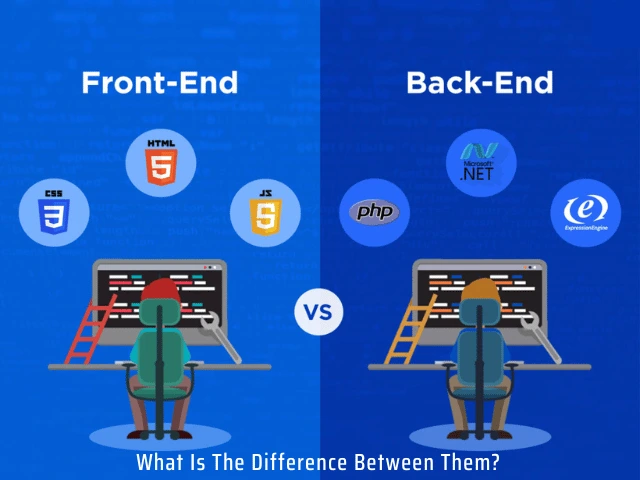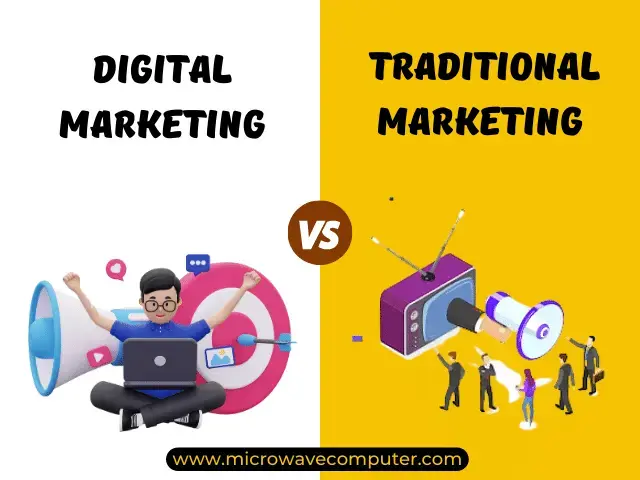The Growing Demand for Python Developers
Why are Python Developers in-demand in 2024? Python is a programming language that is widely recognized for its simplicity and easy-to-understand syntax. It is an interpreted language, meaning that code can be executed without compiling beforehand. Python emphasizes code readability, making it easy for beginners to learn and understand. Its clean syntax and natural language-like structure have made it one of the most popular programming languages worldwide. Python has gained a massive following due to its versatility and wide range of applications. It is commonly used for web development, scientific computing, data analysis, artificial intelligence, machine learning, automation, and more. The language’s extensive standard library and countless third-party packages make it a powerful tool for developers to build various applications. Python developers are professionals who use the Python programming language to create software solutions. They possess a strong understanding of the language’s syntax, libraries, and frameworks. Python developers are skilled in writing clean, efficient, and maintainable code to meet specific requirements. Python’s popularity has led to a vibrant and active community of developers worldwide. This community actively contributes to the language’s development, creating and maintaining various open-source libraries and frameworks. The Python Package Index (PyPI) hosts many packages that developers can leverage to enhance their projects. Python’s simplicity and readability make it an ideal language for beginners to start their programming journey. The language’s beginner-friendly nature encourages new developers to quickly grasp core programming concepts, such as variables, loops, conditionals, and functions. Python’s straightforward syntax reduces the cognitive load on beginners, allowing them to focus on problem-solving and logic. As developers progress in their Python journey, they can explore more advanced topics, such as object-oriented programming, functional programming, and asynchronous programming. Python’s flexibility allows developers to adopt different paradigms and choose the most suitable approach for their projects. Python’s strong presence in the data science and machine learning communities has led to the development of powerful libraries like NumPy, pandas, and sci-kit-learn. These libraries provide robust tools for data manipulation, analysis, and modeling, making Python an excellent choice for data-driven projects. Python’s web development capabilities are bolstered by frameworks like Django and Flask. These frameworks simplify the process of building web applications, providing developers with pre-built components and a clear structure to follow. Why are Python Developers in demand in 2024? Python developers continue to be in high demand in 2024 due to several key factors: 1. Versatility: Python’s versatility is a major reason for the high demand for Python developers. Python can be used for a wide range of applications, including web development, data analysis, machine learning, artificial intelligence, scientific computing, and automation. Its flexibility allows developers to work on diverse projects and adapt to different industry needs. As companies increasingly embrace digital transformation and data-driven decision-making, the demand for Python developers who can work on these projects continues to rise. 2. Data Science and Machine Learning: Python has become the go-to language for data science and machine learning projects. With libraries such as NumPy, pandas, and sci-kit-learn, Python provides powerful tools for data manipulation, analysis, and modeling. As businesses recognize the value of data-driven insights, the demand for Python developers with expertise in data science and machine learning has skyrocketed. These developers are responsible for building and deploying complex algorithms, developing predictive models, and extracting valuable insights from large datasets. 3. Web Development: Python’s popularity in web development has surged in recent years. Frameworks like Django and Flask have made it easier and more efficient to build web applications using Python. These frameworks provide pre-built components, strong security features, and scalability options, making Python a preferred choice for building robust web solutions. Python developers proficient in web development can create scalable and high-performance web applications, APIs, and backend systems, which are crucial for modern businesses. 4. Automation and Scripting: Python’s simplicity and ease of use make it an excellent language for automation and scripting tasks. Python’s extensive standard library and third-party packages provide a wide range of tools for automating repetitive tasks, interacting with APIs, performing system administration tasks, and more. As companies strive to streamline their operations and improve efficiency, the demand for Python developers who can automate processes and build scripts to enhance productivity remains high. 5. Community and Ecosystem: Python has a thriving and supportive community of developers. The Python community actively contributes to the language’s development, creates open-source libraries, and provides extensive documentation and resources. The abundance of libraries, frameworks, and tools available in the Python ecosystem makes development faster and more efficient. Employers value Python developers who can leverage community resources effectively, making them highly sought after in the job market. 6. Simplicity and Readability: Python’s clean and readable syntax makes it an attractive language for both beginners and experienced developers. Its simplicity and natural language-like structure reduce development time and make code easier to understand and maintain. Companies appreciate Python developers who can write clean, efficient, and maintainable code, which leads to increased demand for professionals with Python skills. 7. Market Demand and Job Opportunities: The increasing adoption of Python across industries has created a strong demand for Python developers. From startups to large enterprises, organizations are actively seeking Python developers to work on various projects. The job market offers abundant opportunities for Python developers, making it an attractive career choice with competitive salaries and benefits. Conclusion In conclusion, Python is a versatile, beginner-friendly programming language that has gained widespread adoption across various domains. Python developers harness the language’s simplicity, readability, and extensive ecosystem to build innovative software solutions. With its strong community support, Python continues to evolve and remain a prominent language in the programming landscape. Ready to get started learning Python? Register for a free demo Get more details regarding Powerpoint Phone no. 9988-500-936 Address SCF 22, First floor, GTB Market, Khanna Website www.microwavecomputer.com Opening Hours 08:30 am – 06:00 pm The Growing Demand for Python Developers What Is the Difference Between Front-End and Back-End What does the Yoast SEO plugin actually do? On-Page SEO 2023: Top Factors For …




